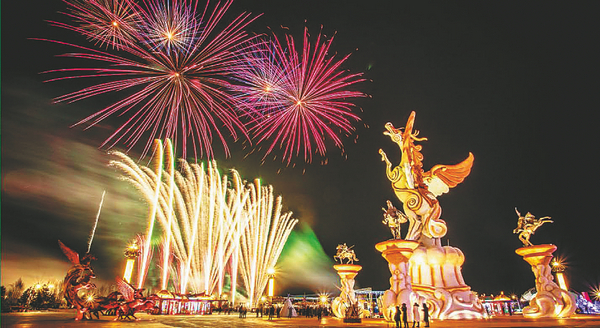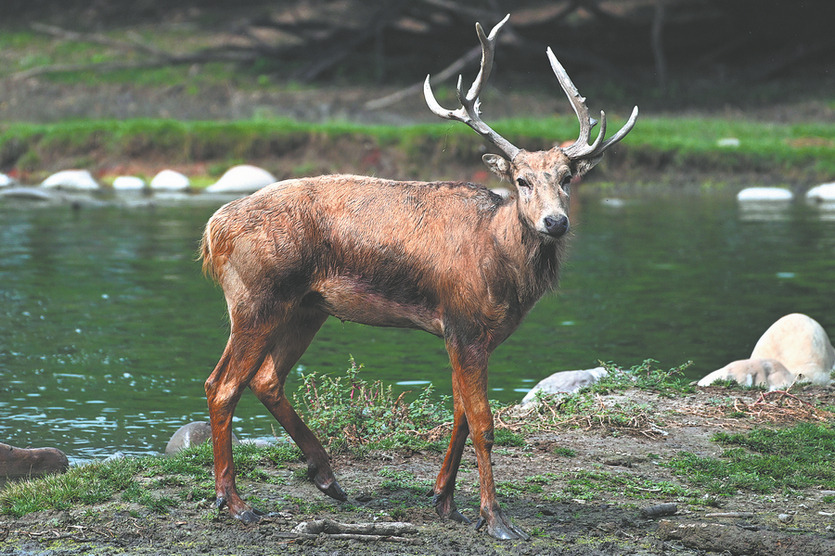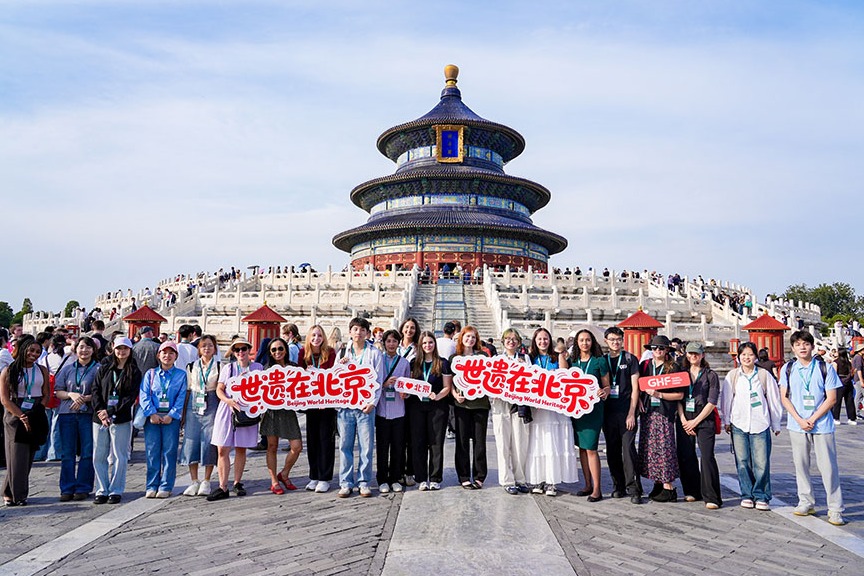Equestrian sector saddles up for growth


Spurring development
Industry experts and stakeholders affirmed the development trends highlighted by the book and looked to the unprecedented opportunities in the post-pandemic era and beyond.
Chen Che, secretary-general of the Beijing Turf and Equestrian Association, said the sector is poised to move forward by embracing international events, strengthening industry standards and fully leveraging pent-up tourism.
"The book presents a very important vantage point to understand our own culture to better develop the industry," he said.
The number of horses held at equestrian clubs total about 120,000, with about 20,000 steeds renewing the stock every year and an average of 30 horses at each club in equestrian sport and training roles, according to the report.
In the major horse-riding tourist spot of Datan township of the Fengning Manchu autonomous county in North China's Hebei province outside Beijing, there were 2.6 million visits registered in 2019 alone, involving at least 4,500 horses.
Sun Xudong, secretary of the Party committee of the China Horse Town complex in Datan, said shared experiences will be integral in post-pandemic development.
"We're building and upgrading our facilities and capabilities up to international levels," he said.
Li Kening, former secretary-general of the horse cross-country endurance committee under the capital's equestrian association, said the results of working toward international standards in the past decade with training and education are clear for all to see.
"Through our global competitions and programs, we've worked with stakeholders and consumers toward the stable and healthy development of the sector," he said.
"For example, when we initially rolled out international endurance competition guidelines, the local herdsmen and riders were not so familiar with giving top priority to the well-being of the horses. Now we all know the health of the animals take precedence. That's clearly in line with the stable and sustainable development of the sector."
"The blue book shows the achievements of the sector in attaining global recognition," said Chang Wei, former director of the equestrian department of the General Administration of Sport of China and director of equestrian competition at the 2008 Beijing Olympics. "There is immense advantage in properly nurturing our growth."

































